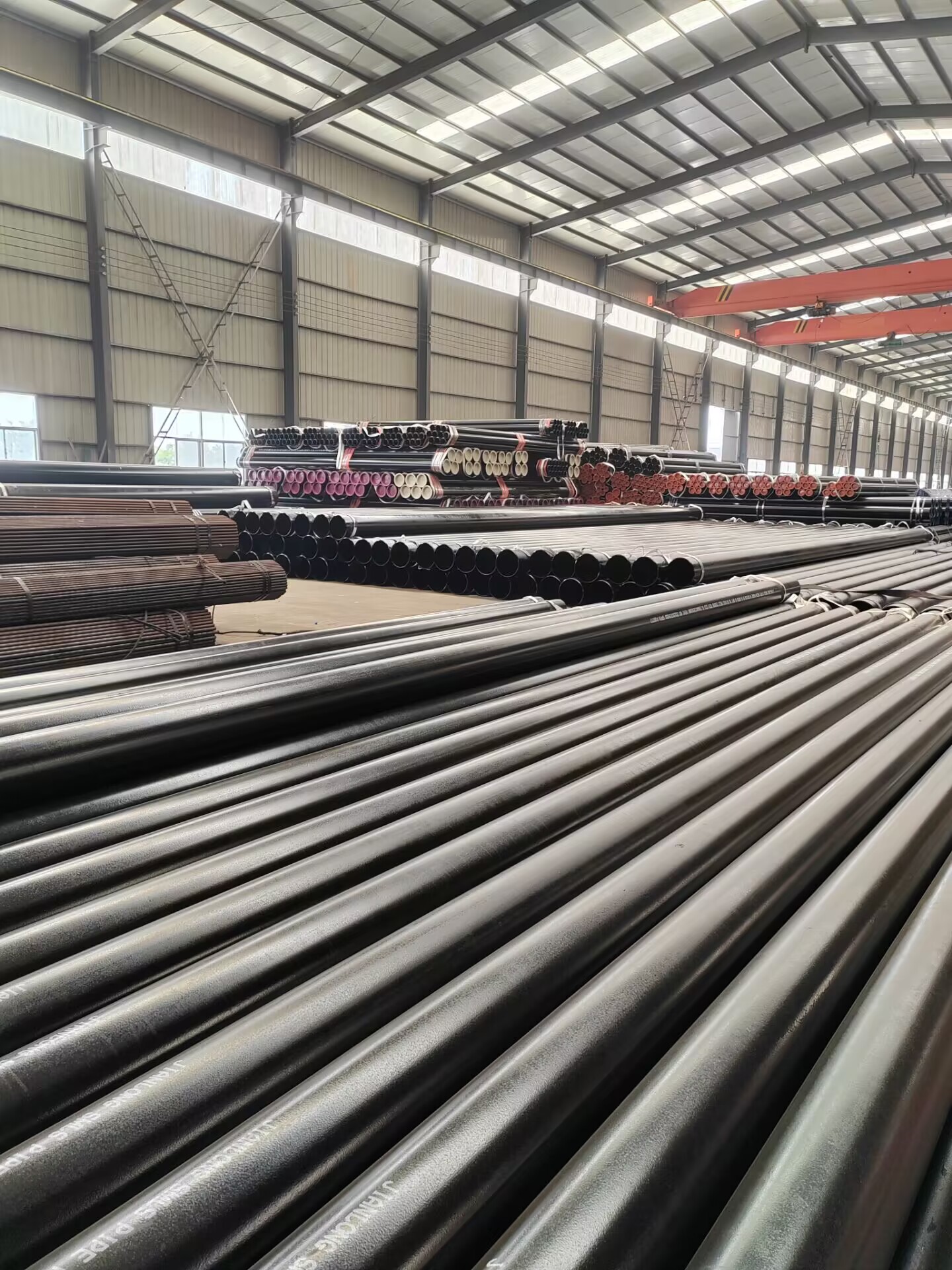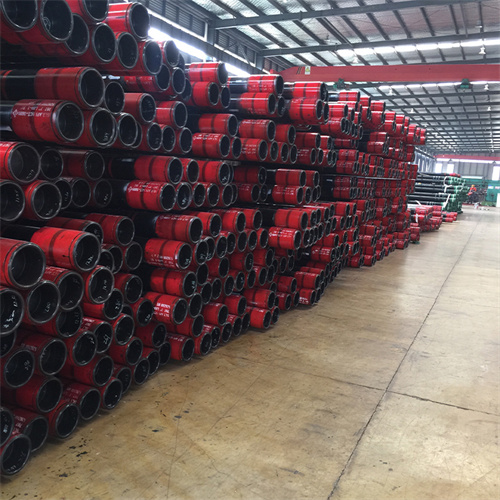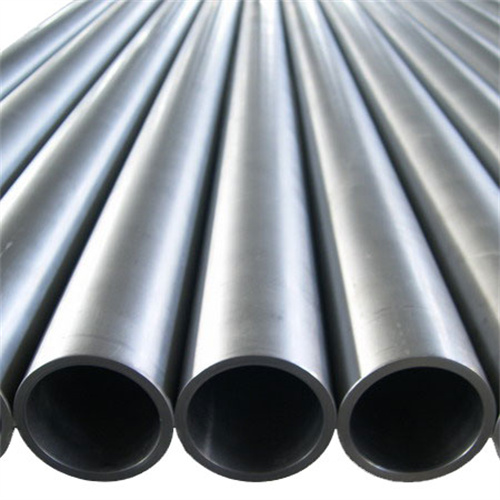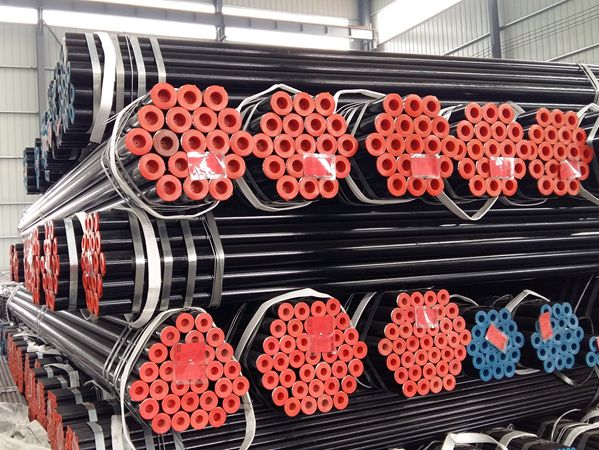Exploring the Differences between ERW and LSAW steel Pipe Welding Processes: A Comprehensive Guide
Welding is an essential part of the construction industry, and it is important to understand the differences between the two main welding processes: ERW (Electric Resistance Welding) and LSAW (Longitudinal Submerged Arc Welding). Both processes have their own advantages and disadvantages, and it is important to understand the differences between them in order to make the best decision for your project.
| NPS | OD | WT | |||||||||||
| INCH | MM | SCH10 | SCH20 | SCH30 | STD | SCH40 | SCH60 | XS | SCH80 | SCH100 | SCH120 | SCH140 | SCH160 |
| 1/2″ | 21.3 | 2.11 | 2.41 | 2.77 | 2.77 | 3.73 | 3.73 | 4.78 | |||||
| 3/4″ | 26.7 | 2.11 | 2.41 | 2.87 | 2.87 | 3.91 | 3.91 | 5.56 | |||||
| 1″ | 33.4 | 2.77 | 2.9 | 3.38 | 3.38 | 4.55 | 4.55 | 6.35 | |||||
| 1.1/4″ | 42.2 | 2.77 | 2.97 | 3.56 | 3.56 | 4.85 | 4.85 | 6.35 | |||||
| 1.1/2″ | 48.3 | 2.77 | 3.18 | 3.68 | 3.68 | 5.08 | 5.08 | 7.14 | |||||
| 2″ | 60.3 | 2.77 | 3.18 | 3.91 | 3.91 | 5.54 | 5.54 | 8.74 | |||||
| 2.1/2″ | 73 | 3.05 | 4.78 | 5.16 | 5.16 | 7.01 | 7.01 | 9.53 | |||||
| 3″ | 88.9 | 3.05 | 4.78 | 5.49 | 5.49 | 7.62 | 7.62 | 11.13 | |||||
| 3.1/2″ | 101.6 | 3.05 | 4.78 | 5.74 | 5.74 | 8.08 | 8.08 | ||||||
| 4″ | 114.3 | 3.05 | 4.78 | 6.02 | 6.02 | 8.56 | 8.56 | 11.13 | 13.49 | ||||
| 5″ | 141.3 | 3.4 | 6.55 | 6.55 | 9.53 | 9.53 | 12.7 | 15.88 | |||||
| 6″ | 168.3 | 3.4 | 7.11 | 7.11 | 10.97 | 10.97 | 14.27 | 18.26 | |||||
| 8″ | 219.1 | 3.76 | 6.35 | 7.04 | 8.18 | 8.18 | 10.31 | 12.7 | 12.7 | 15.09 | 18.26 | 20.62 | 23.01 |
| 10″ | 273 | 4.19 | 6.35 | 7.8 | 9.27 | 9.27 | 12.7 | 12.7 | 15.09 | 18.26 | 21.44 | 25.4 | 28.58 |
| 12″ | 323.8 | 4.57 | 6.35 | 8.38 | 9.53 | 10.31 | 14.27 | 12.7 | 17.48 | 21.44 | 25.4 | 28.58 | 33.32 |
| 14″ | 355.6 | 6.35 | 7.92 | 9.53 | 9.53 | 11.13 | 15.09 | 12.7 | 19.05 | 23.83 | 27.79 | 31.75 | 35.71 |
| 16″ | 406.4 | 6.35 | 7.92 | 9.53 | 9.53 | 12.7 | 16.66 | 12.7 | 21.44 | 26.19 | 30.96 | 36.53 | 40.19 |
| 18″ | 457.2 | 6.35 | 7.92 | 11.13 | 9.53 | 14.27 | 19.05 | 12.7 | 23.83 | 39.36 | 34.93 | 39.67 | 45.24 |
| 20″ | 508 | 6.35 | 9.53 | 12.7 | 9.53 | 15.09 | 20.62 | 12.7 | 26.19 | 32.54 | 38.1 | 44.45 | 50.01 |
| 22″ | 558.8 | 6.35 | 9.53 | 12.7 | 9.53 | 22.23 | 12.7 | 28.58 | 34.93 | 41.28 | 47.63 | 53.98 | |
| 24″ | 609.6 | 6.35 | 9.53 | 14.27 | 9.53 | 17.48 | 24.61 | 12.7 | 30.96 | 38.89 | 46.02 | 52.37 | 59.54 |
| 26″ | 660.4 | 7.92 | 12.7 | 9.53 | 12.7 | ||||||||
| 28″ | 711.2 | 7.92 | 12.7 | 15.88 | 9.53 | 12.7 | |||||||
ERW welding is a process that uses electricity to heat and join two pieces of metal together. This process is often used for smaller pipes and tubes, as it is a relatively quick and cost-effective method. The process involves passing an electric current through the metal, which causes the metal to heat up and form a weld. This process is often used for pipes and tubes that are up to 8 inches in diameter.
LSAW welding is a process that uses a submerged arc welding machine to join two pieces of metal together. This process is often used for larger pipes and tubes, as it is a more reliable and efficient method. The process involves passing an electric current through the metal, which causes the metal to heat up and form a weld. This process is often used for pipes and tubes that are larger than 8 inches in diameter.
When deciding which welding process to use, it is important to consider the size of the pipe or tube, the type of Material being welded, and the desired outcome. ERW welding is often used for smaller pipes and tubes, while LSAW welding is often used for larger pipes and tubes. ERW welding is also often used for thinner materials, while LSAW welding is often used for thicker materials.

No matter which welding process you choose, it is important to understand the differences between ERW and LSAW welding processes. Both processes have their own advantages and disadvantages, and it is important to understand the differences between them in order to make the best decision for your project. With the right knowledge and understanding, you can ensure that your project is completed with the highest quality and efficiency.






